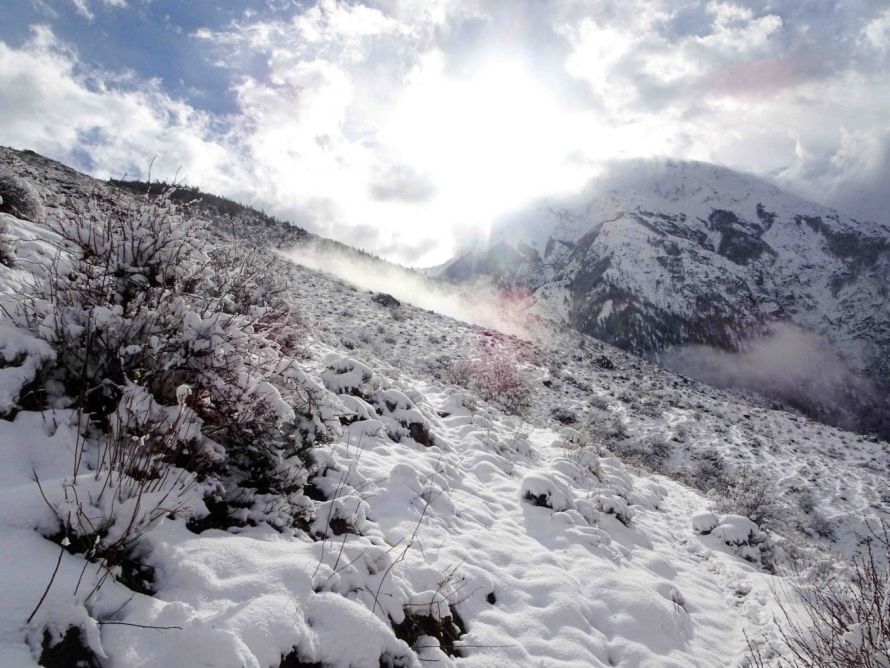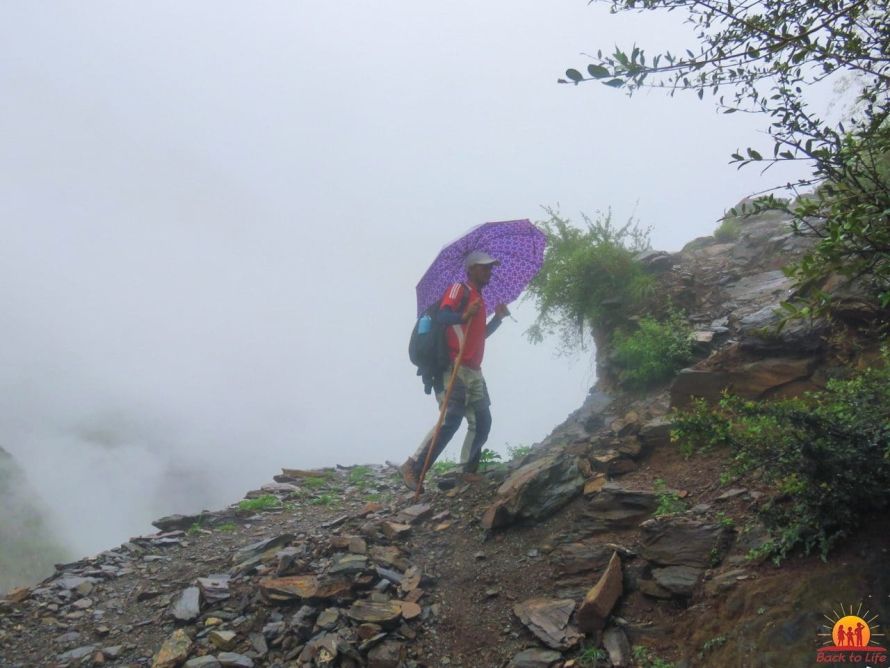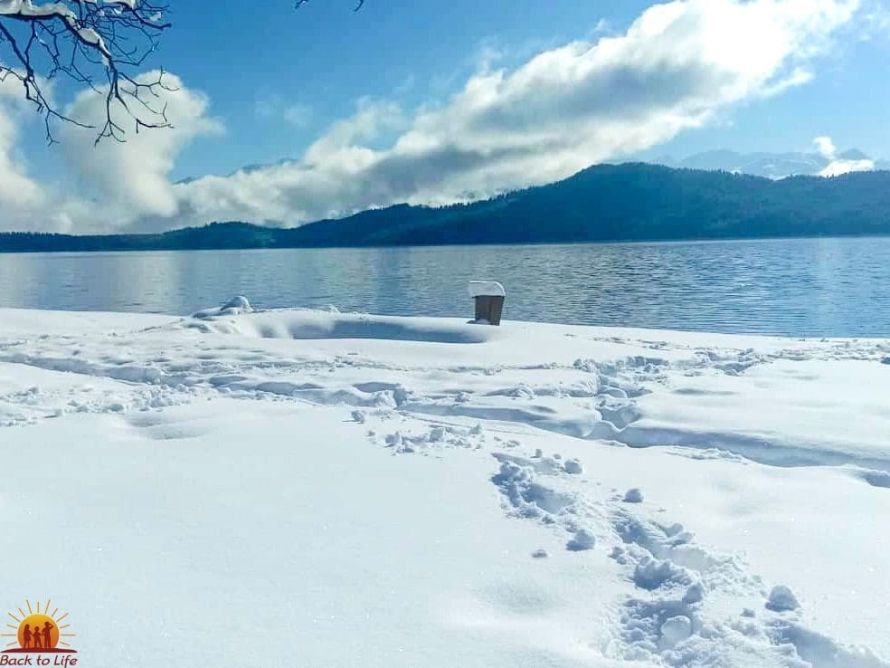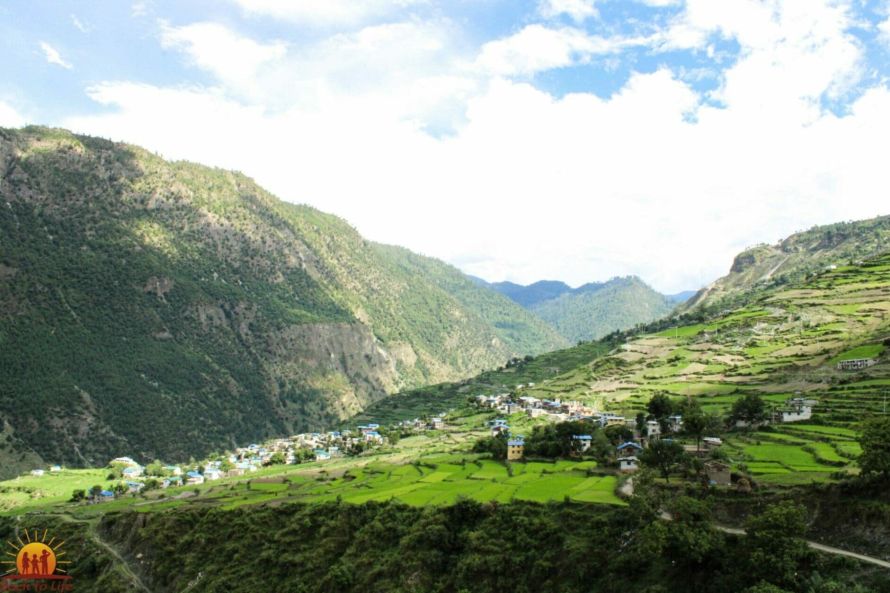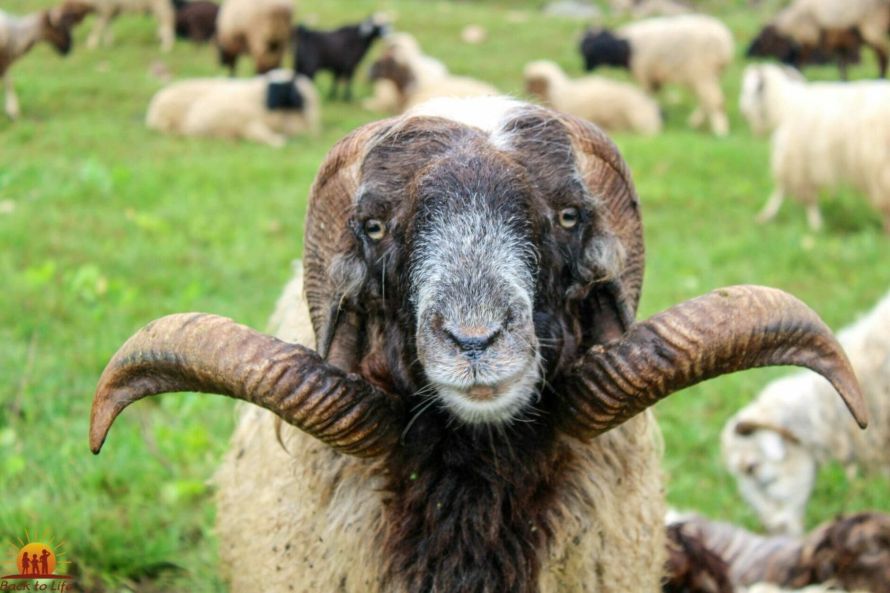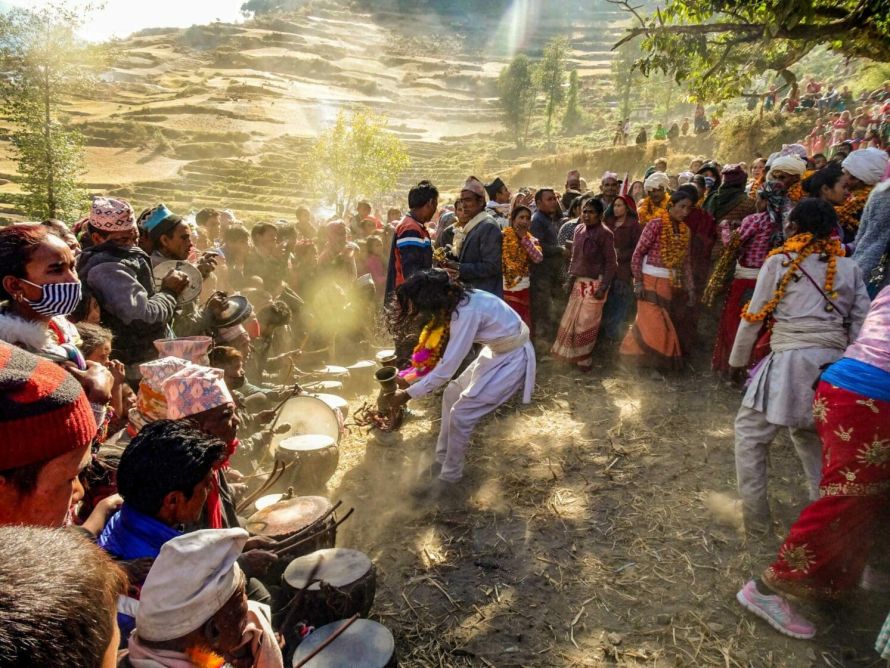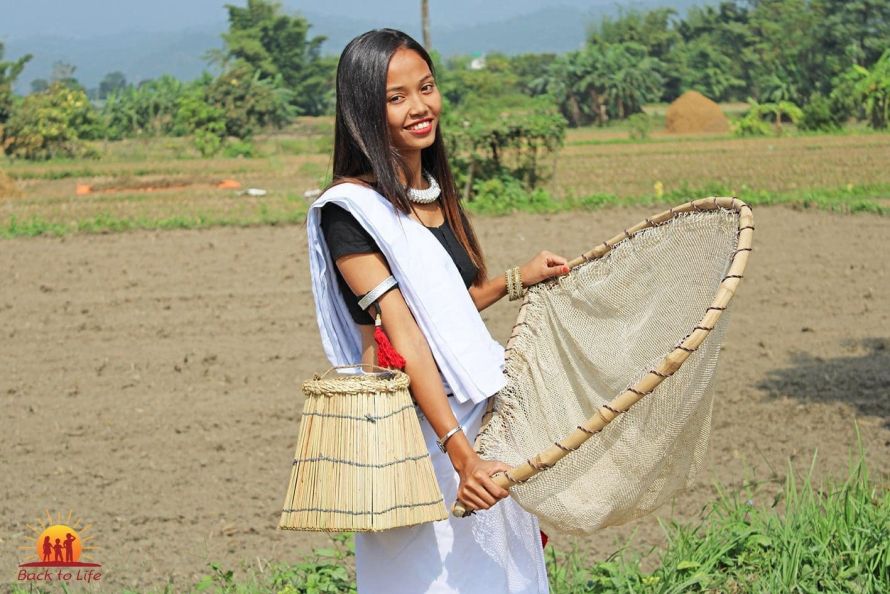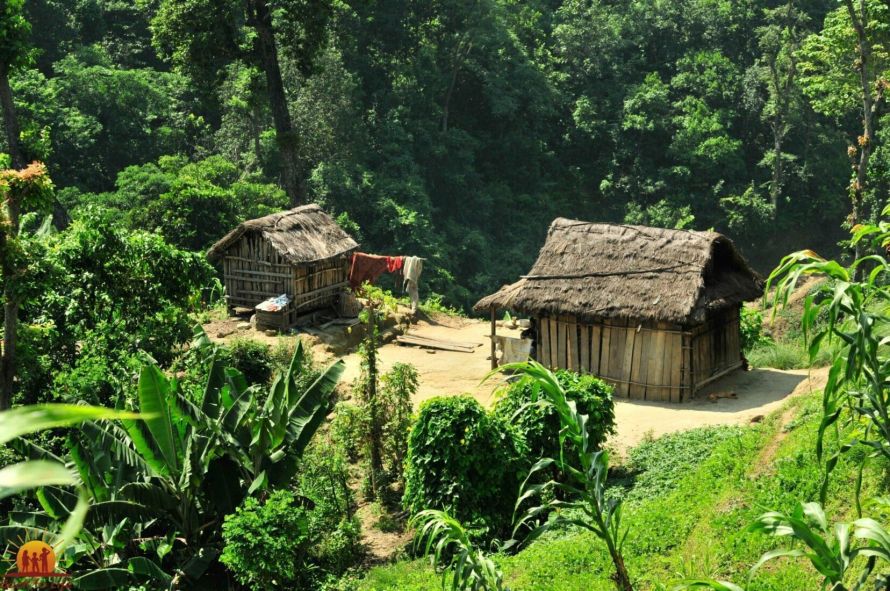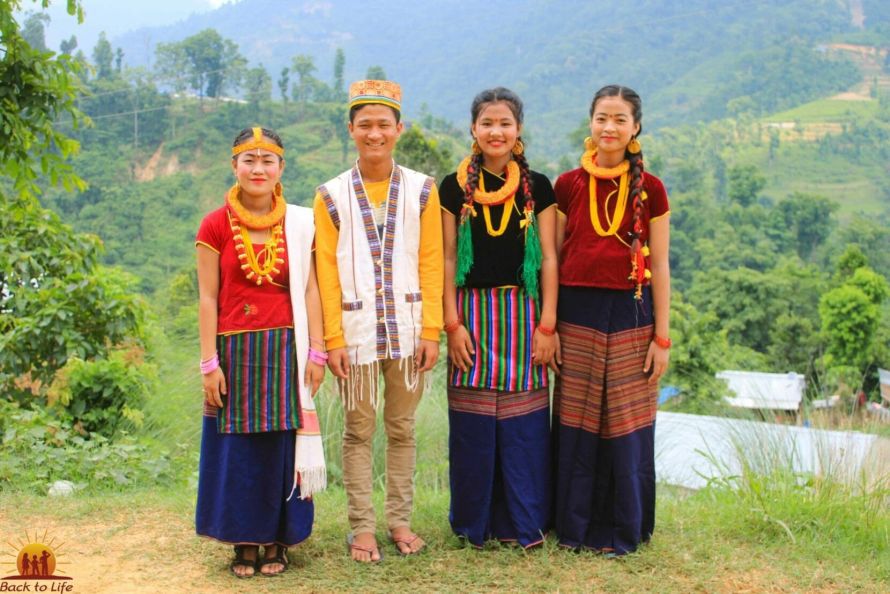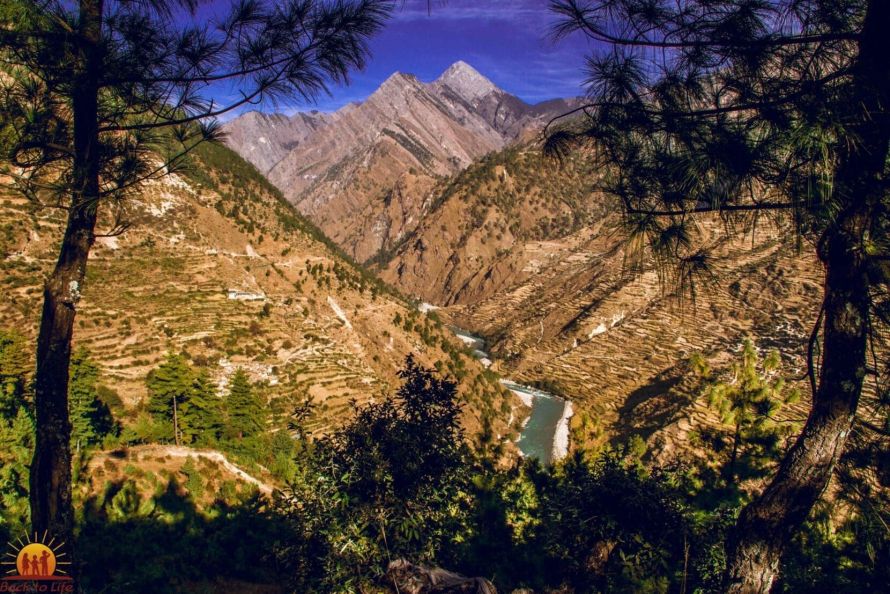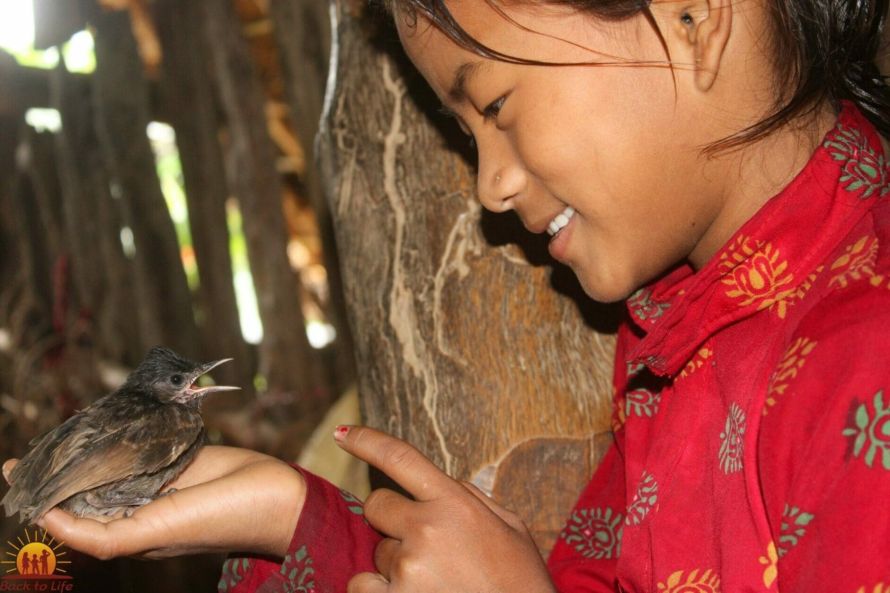There are two winters in Nepal
Hemanta & Shishir
Nepal has 6 seasons to offer
Once you have been to Nepal, you will probably never forget the country. It’s wonderful. The nature is incomparable from the lowlands in the south, the Terai, which is only 70 meters above sea level, to the highlands in the north, which include Mount Everest as the highest point in the world. The altitude rises slowly, making Nepal an extremely geographically diverse country.
The diversity is also reflected in the six seasons:– Winter: Shishir– Spring: Basanta– dry summer: Grishma– Late summer with monsoon...
